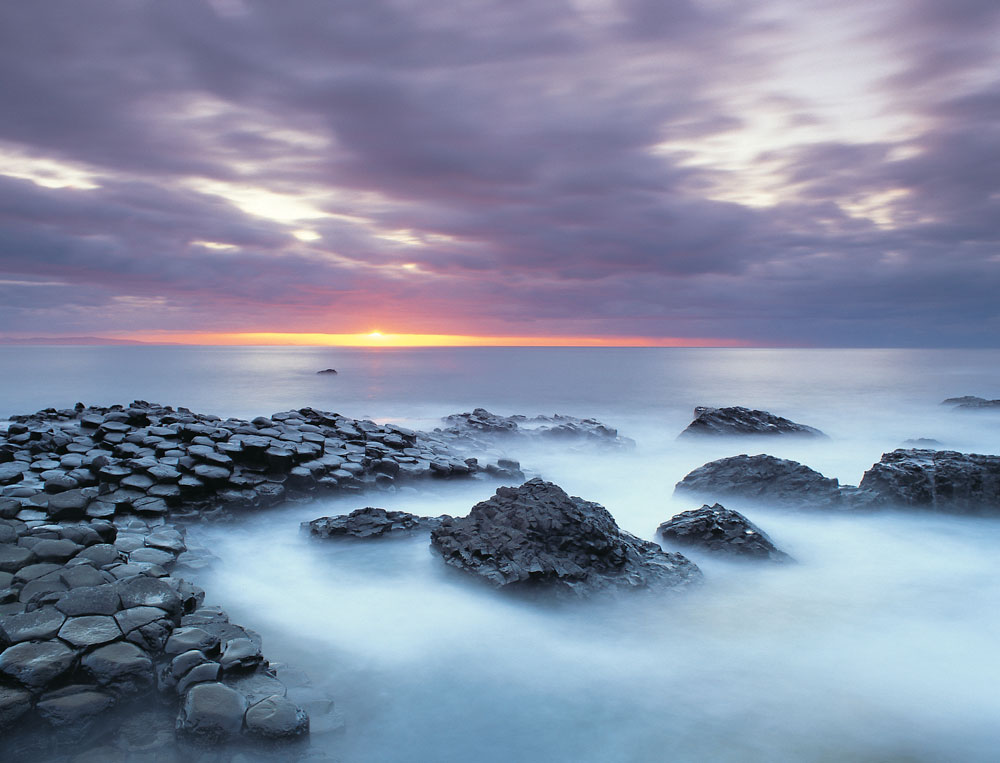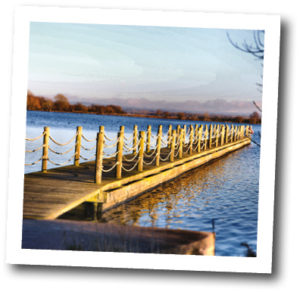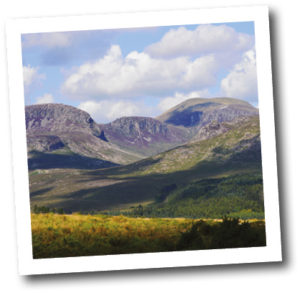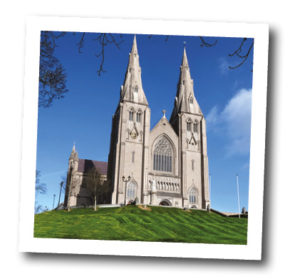Local economic growth


agendaNi gives a snapshot of some of the latest tourism strategies to be published by local authorities.
Mid Ulster: grow visitor economy to £50 million by 2021
Previously the region of Mid Ulster had failed to exploit its tourism potential driven by a lack of recognition of the value of growth in the tourism sector to the overall local economy. The publication of a new five-year strategy in April pointed to a “lack of visibility” in the overall Northern Ireland tourism marketplace. While Mid Ulster is recognised for its retail offering and historical sites, a lack of collaboration meant that it registered just 4.6 per cent of the overnight trips in Northern Ireland and 3.6 per cent of the overall spend in 2014. An overview of past performance concluded that Mid Ulster tourism was dominated by day trips and those visiting family and friends.

The strategy has put a strong emphasis on both increasing visitor numbers to the area and retaining them for longer. The vision is “To enhance Mid Ulster’s image and reputation for visitors and grow the visitor economy to £50 million by 2021 as measured by overnight visitor expenditure”. To do this the council have identified three strands incorporating the Seamus Heaney legacy; archaeological sites, history and heritage; and outdoor activities.
In Heaney, the Council aim to further promote the £4.2 million Seamus Heaney HomePlace at Bellaghy opened in 2016 and add to its wider potential by surrounding it with inter-linking initiatives and connections to the wider tourism and hospitality sector.
Soaked in archaeology, history and heritage, most notably its association with the Flight of the Earls and the Plantation legacy, Mid Ulster aims to benefit from the global trend that has seen cultural tourism emerge as the most rapidly growing sub-sector of the industry. To do this, the strategy sets out ambitions to combine its assets as a package offering to tourists and positions the area as a centre of excellence for history and heritage. Promoting this offering and developing an itinerary will be key to ensuring that visitors can be
dispersed throughout the council area, as will plans to develop a year round programme of events.
In many ways, outdoor activity in Mid Ulster needs similar organisation and collaboration as the cultural tourism sector. Mid Ulster has benefited from pockets of investment and improvements in areas such as the Sperrins, while areas such as Lough Neagh are underutilised. Visibility problems for Mid Ulster’s offering has driven a desire for greater coherency and increasing competitiveness against other local authority attractions. Expanding awareness and promotion of existing and new sites for outdoor activity, spanning from leisure walks to extreme sports, will focus both on site development and management. The strategy also proposes a special focus on accessibility to key sights.
All three strands aim to support an ongoing focus towards food and events which already exists in the council area. By collaborating its assets and developing the Mid Ulster brand, the strategy aims to fully realise the potential of tourism to become an economic driver, helping to sustain more jobs and businesses, particularly as a year round sector.
Newry, Mourne and Down: mountains, myths and maritime
Launched in March, the overarching aim of the strategy to 2021 is to cement NMD as a leading premier tourism destination in Ireland. The strategy is underlined by the key themes of experiential, personalised, iconic and immersive and creative (EPIC) and sets out three key aims of: becoming the destination of choice in Northern Ireland; becoming Northern Ireland’s premier outdoor/adventure destination; and to become one of Northern Ireland’s finest events destinations.
NMD’s tourism strategy is geared towards building on current momentum in the industry, with overall expenditure for 2015 approximated at £47.7 million and overnight stays around 1.06 million. However, challenges have been acknowledged in stimulating growth. These include an over-dependence on Northern Ireland visitors and a high degree of seasonality, brought about largely by the absence of a strong flagship product and limited wet weather product. A lack of a cohesive strategy linking in tourism offerings has been damaging both to the dispersal of tourists and to the marketing of the area and product development.
Creating a joined-up approach to tourism, spanning from access infrastructure through to international marketing is a key strand of the strategy, with the overall aim being to drive economic growth through the industry. Focussing on ‘mountains, myths and maritime’, NMD sees an opportunity to redefine itself as a destination experience. As well as major attractions in these areas such as the Mourne Mountains and the Ring of Gullion, the Mourne Coastal Route, and the story of St Patrick, the strategy also sets out potential for surrounding communities to build an identity as gateways.
The target markets for growth are listed as the ‘culturally curious’, ‘great escapers’ and ‘social energisers’. The strategy sets a range of improvements in catalyst projects and critical infrastructure within the area of mountains, myths and maritime tailored to captivate these markets.
Armagh, Banbridge and Craigavon: 10 per cent annual growth target
Despite being second only to Belfast as Northern Ireland’s largest local authority, ABC Council attracted just 3 per cent of the Northern Ireland total of overnight stays and the expenditure of £22.5 million was the lowest of all 11 councils. As the area’s reputation for quality food, drink and hospitality continues to grow internationally, the five-year strategy to 2022 has pointed to a greater emphasis on packaging its history, culture and heritage to compliment the agri-food and hospitality sectors.
The strategy sets out ambitious plans to grow the local tourism economy by 10 per cent every year through attracting greater number of visitors and increasing their level of expenditure and enhance the identity of the area as a market-leading, heritage and cultural international tourism destination. 
It points to significant development of offerings around its linen and literary history and its success in producing high-quality artisan food and drink. It adds: “Further development and greater investment in the already-successful FE McWilliam Gallery and Studio is also earmarked as part of the plan,
alongside an enhanced events programme which includes the Home of St Patrick, Food & Cider and Georgian Festivals.”
A key focus is to be placed on establishing Armagh City and the orchard hinterland as a destination centrepiece and increased tourist accommodation development is to be explored borough-wide.





